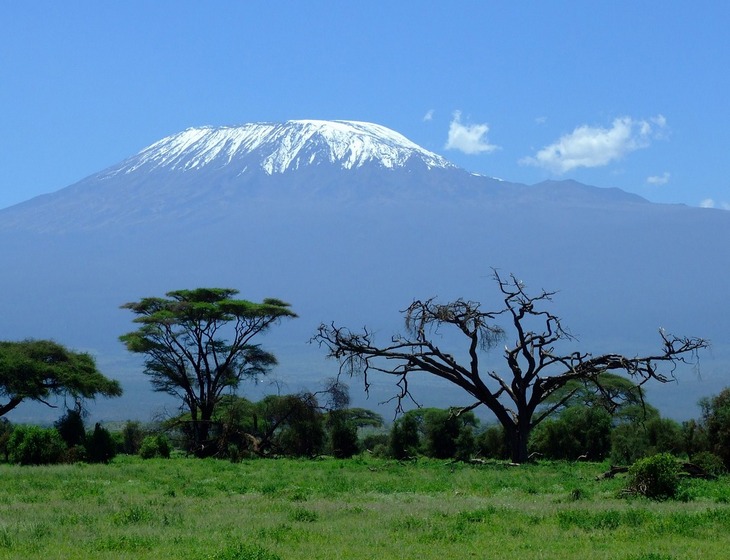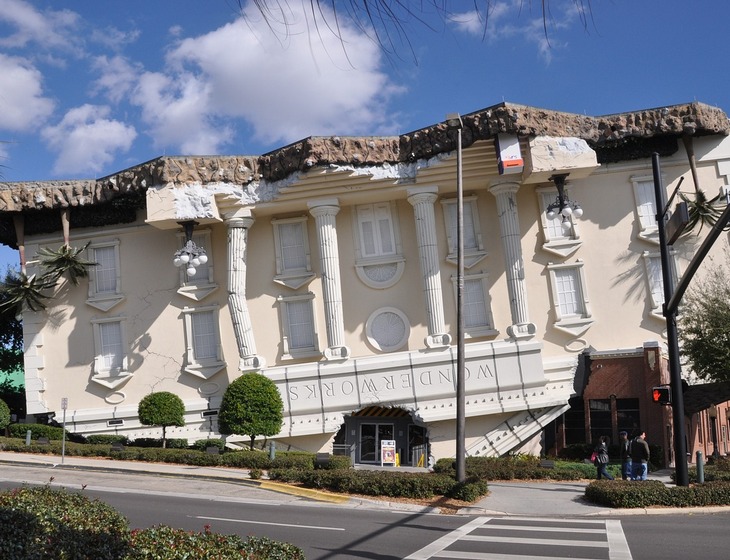The highest volcano mountain on the African continent. The majestic Kilimanjaro stands on the Masai Plateau, at a height of 5,895 meters. In the local Swahili language, the name means “shining mountain”. Climbing to the summit, “conquering Kilimanjaro,” or simply hiking on foot (or independently) through the picturesque surroundings is popular among many tourists.
“Impossible, it’s just a mirage! Such a high mountain, covered with perpetual snow and glaciers, simply cannot exist on the equator!” – that was the reaction of the Royal Geographical Society of London to the story told to them by missionary Johannes Rebmann in 1848.
And yet, the “wonder of the world” – Kilimanjaro, the highest mountain in Africa – is no mirage! It is another of the still unexplained natural phenomena and “wonders of the world” – a sea of snow and ice all year round on the very equator!
There are many myths and legends associated with the huge volcano, which originated more than 750,000 years ago. The Maasai nomads consider the mountain a “treasure” because of the glistening snow on its summit. In Swahili, “Kilimanjaro” means “shining mountain. And the summit of the Symbol of Africa itself was named Uhuru in 1962, which means “freedom” in Swahili.
Now anyone can climb Uhuru Freedom Peak – it does not require any special equipment – just a hike, although not the easiest.
There are several routes for climbing Kilimanjaro: Maranga, Masham, Shira, Umbwe and Rongai. They have different levels of difficulty and take several days. No climbing experience is required to climb Kilimanjaro, but climbing on your own is strictly prohibited!

